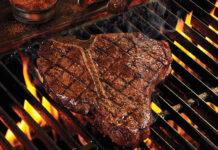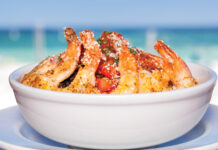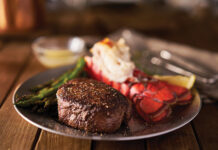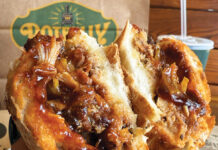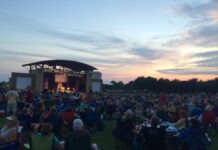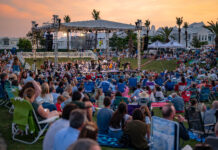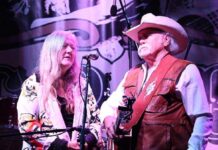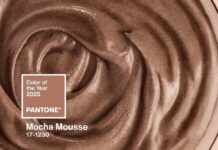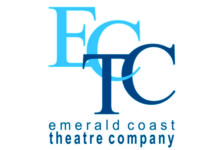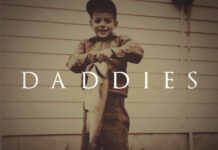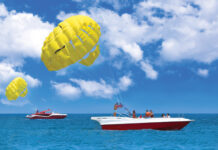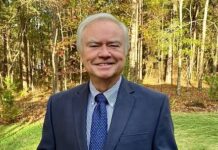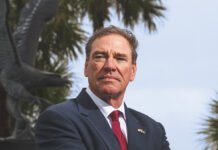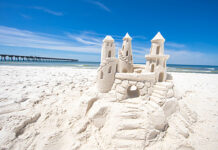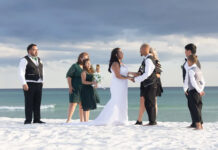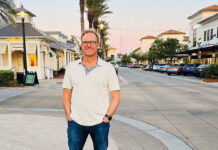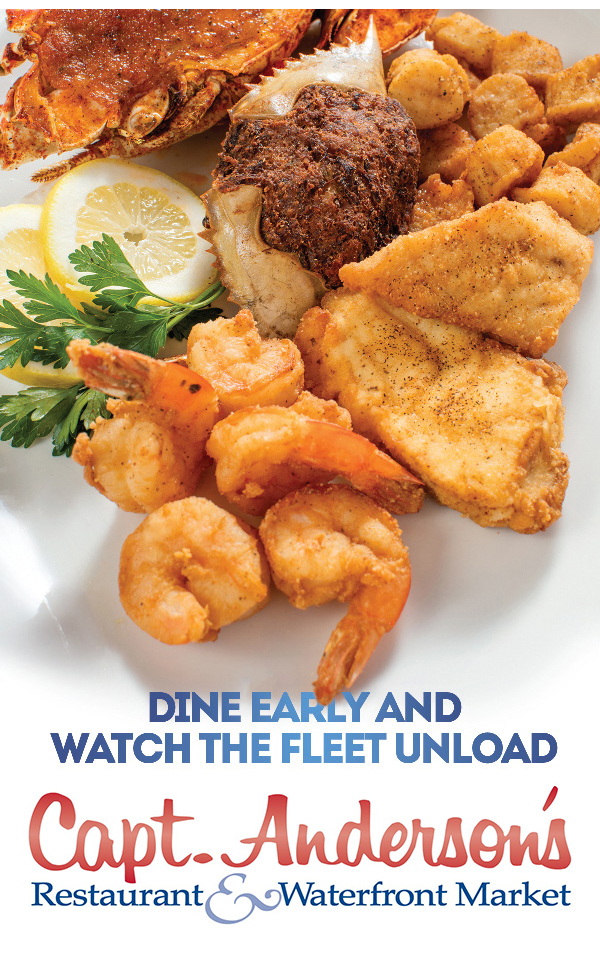By Peter Fischetti
About a year ago, Jim Smith was driving along Beach Drive in Panama City when he noticed a historical marker and stopped to read it. The marker recognized the “significant contribution” of residents in the area who extracted salt—an important preservative at the time—to the Confederate States of America during the Civil War. Smith is a longtime resident of Bid-A-Wee, a community in Panama City Beach with a rich history of its own, and he got to thinking, “Why can’t Bid-A-Wee Beach be designated as a Historical Heritage Site?”
In 1926, Harry Cailey of St. Andrews claimed 140 acres of beachfront property for $1.25 an acre under the Homestead Act. A year later he sold the property to Dr. Grover Miller and his wife, Eula, who lived in Chipley. Eula named the beach Bid-A-Wee, Scottish for “bide your time a short while,” to honor her mother’s heritage. In 1938, she dedicated the beach, which stretches 2,500 feet, to property owners of the community, restricting the property’s use “for park purposes only.”
 Since then, the community’s board of directors has successfully defended attempts to commercialize the beach, and today Bid-A-Wee is the last remaining undeveloped beach in Panama City Beach.
Since then, the community’s board of directors has successfully defended attempts to commercialize the beach, and today Bid-A-Wee is the last remaining undeveloped beach in Panama City Beach.
Smith, who is about to publish a book chronicling the history of Bid-A-Wee, did some research to learn whether it would qualify for a marker. The purpose of the program, according to the state’s Division of Historical Resources, is to “increase public awareness of the rich cultural heritage of the state and to enhance the enjoyment of historic sites in Florida by its citizens and tourists.” Specifically, a site must have historical significance, be at least 30 years old and retain physical characteristics of the past.
Eight months ago, Smith appeared before the State Historical Marker Council in Tallahassee for a review of his application and any changes to the text that would appear on the marker. Approval was unanimous, and the Bid-A-Wee Beach Park board of directors approved the cost of $2,920. The board believes the marker will help protect one of the area’s only wildlife preserves.
With permission from the Department of Transportation, the marker was installed March 7 on Front Beach Road at the Argonaut Street traffic signal. While historical markers are located at Veterans Memorial Park and other city parks, the Bid-A-Wee Beach marker is believed to be the first that recognizes a specific community in Panama City Beach.
Text of the marker
On February 22, 1926, WWI Veteran Harry C. Cailey of St. Andrews filed claim under the Homestead Act for 140.52 acres on the Gulf of Mexico. His patent deed, signed by President Calvin Coolidge, required he maintain residency for six months. On September 5, 1928, he paid $1.25 per acre and received a warranty deed. One year later, he sold the property to Dr. Grover C.and Eula C. Miller of Chipley, Florida. Eula named the beach Bid-A-Wee, Scottish for “bide your time a short while,” to honor her mother’s heritage. In January 1936, she filed a plat for a portion of the beach for the development of Bid-A-Wee community and Bid-A-Wee Beach Park (BAWBP). In February 1938, she dedicated the 2,500-foot beach to the property owners of the community, with a highly restrictive covenant governing the land use “for park purposes only.” Eula Miller died on June 15, 1985. Since then, the BAWBP organization has successfully prevented attempts to commercialize the beach. BAWBP is the only remaining undeveloped private beach in Panama City Beach, Florida. In January 2006, BAWBP, Inc., acquired the titles to this historic property with an intent to preserve its natural beauty.



